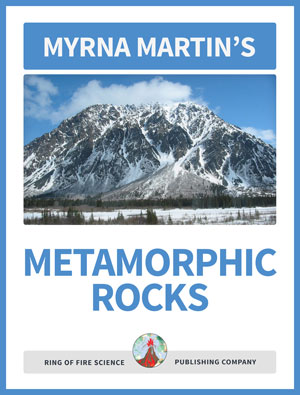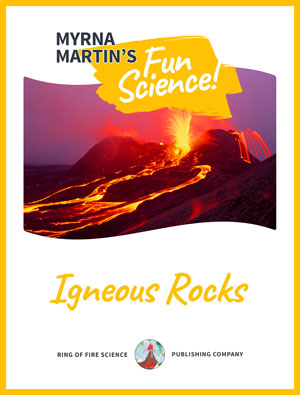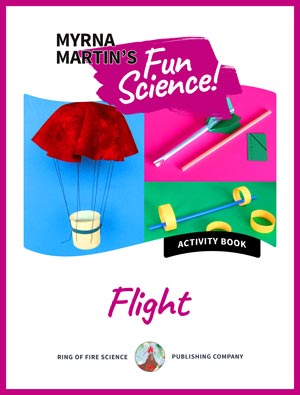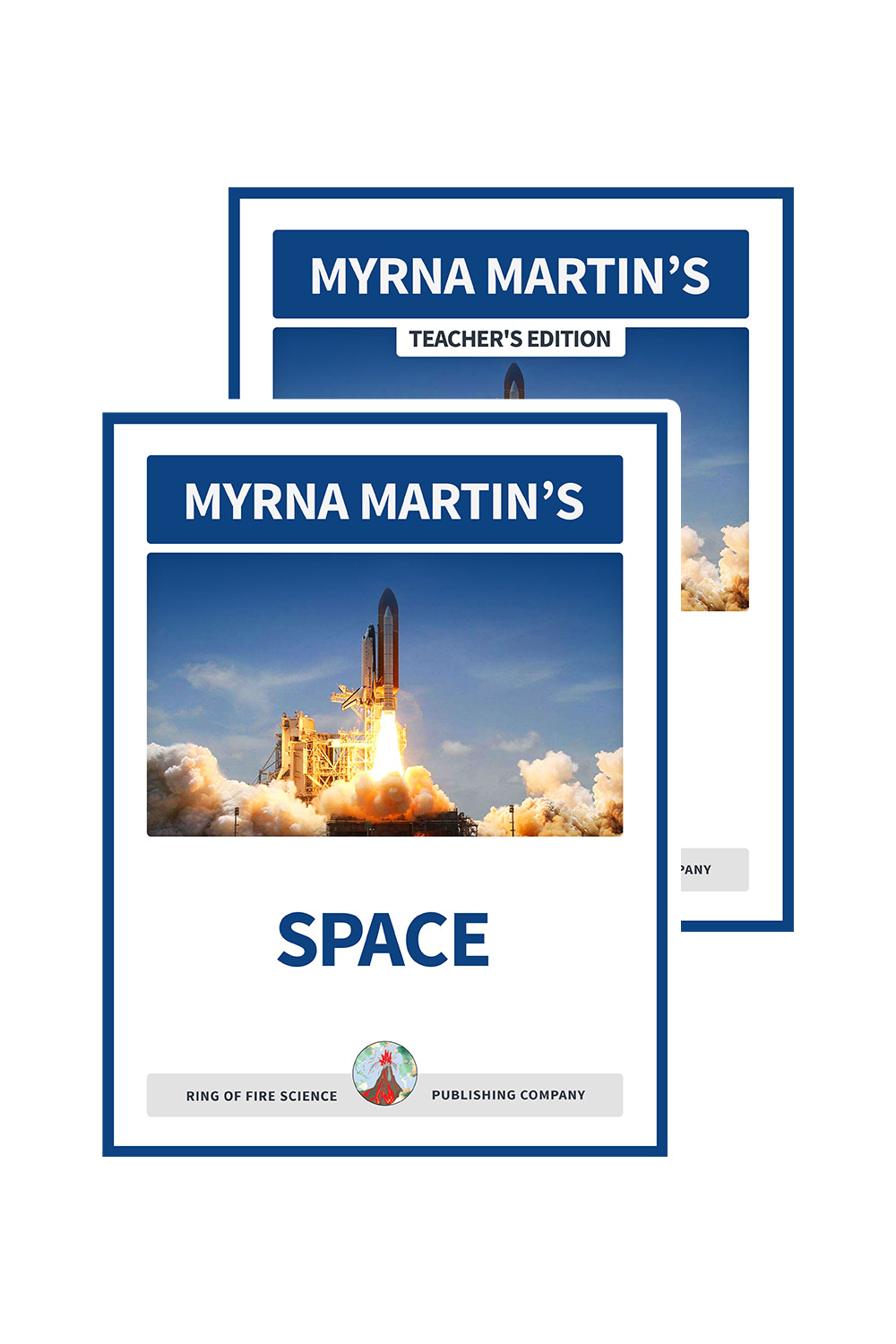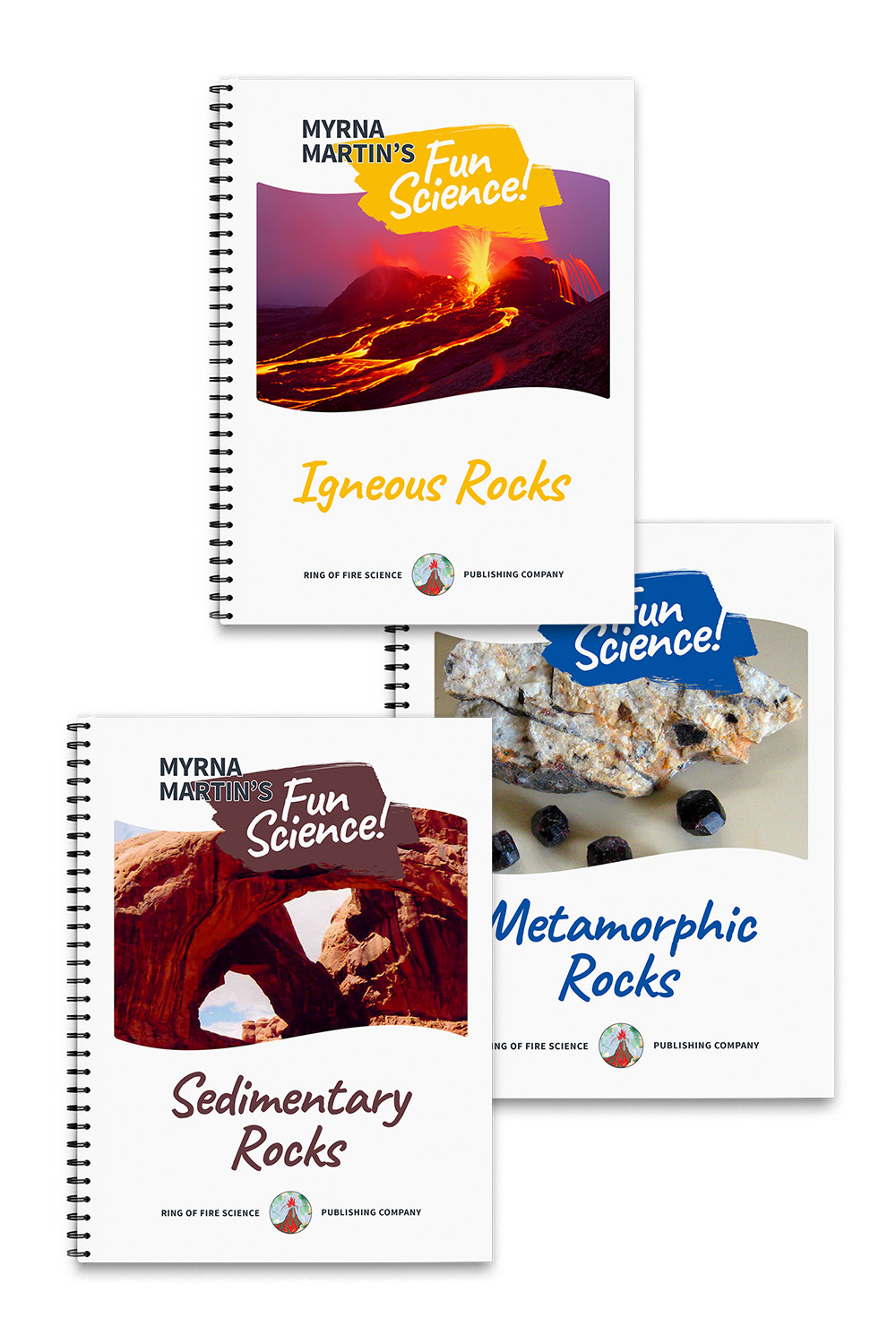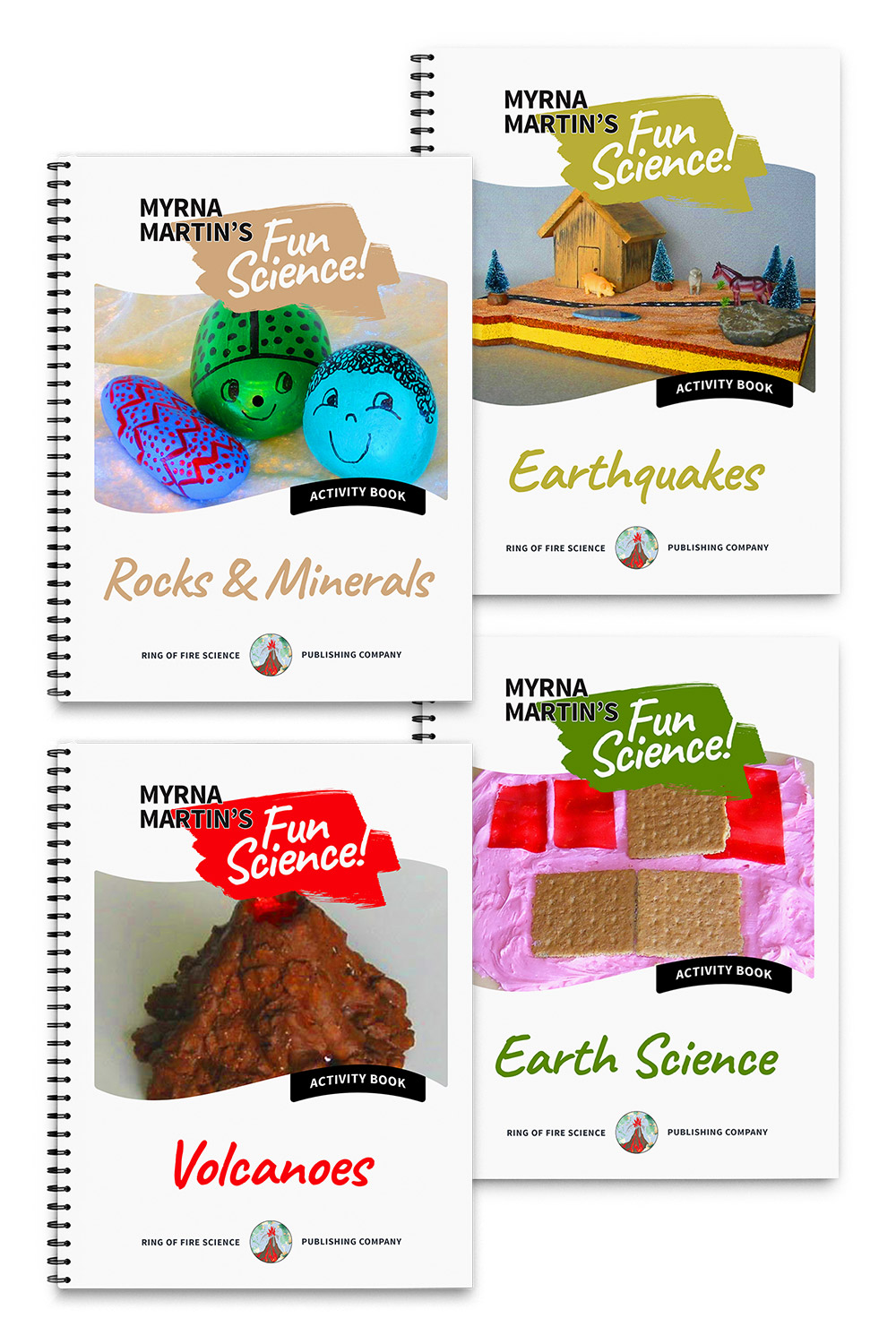Lithosphere is solid and brittle
Lithosphere is solid and brittle outer shell of Earth
We live on the lithosphere
Earths lithosphere is the outer layer of the Earth that we live on. It contains both the crust and the upper mantle. Beneath this layer is the asthenosphere that allows plate movement on our planet.
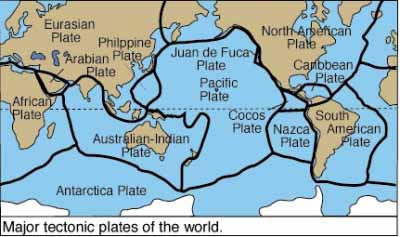
Earth major tectonic plates USGS
Earth's outer shell
Earth's lithosphere is the outer shell of the planet
Earth's lithosphere is the outer shell of the planet. It contains the crust and the upper part of the mantle. The crust is made of primarily of granitic rocks. The upper mantle rocks peridotite, which contains more iron and magnesium minerals that granitic rocks.
Beneath the rocky outer shell of the Earth is the asthenosphere
Beneath the rocky outer shell of the Earth is the asthenosphere. The high temperature and pressure allows the rocks to flow slowly over long periods of time like a plastic. The rock's flow is measured in centimeters per year and allows tectonic plates to move around on the Earth's surface.
Lithosphere's two types of crustal plates
The continental crustal plates
There are two types of crustal plates that make up the lithosphere. The continental plates contain the oldest rocks found on the planet. The oceanic crust is relatively young compared to the continental crust.
The oceanic crust
The oceanic crust is constantly being created where plates are separating at divergent boundaries. The leading edge of the oceanic plate is constantly being melted and the rocks recycled in subduction zones.
Continental crust
Rocks in the continental crust
The minerals in the continental crust are relatively lighter than rocks in oceanic crust. When an oceanic plate and a continental plate collide the continental plate is lighter and overrides the oceanic crust.
Continental crust preserved in subduction zones
The rocks on the continents are not destroyed in subduction zones. It is only oceanic crust that is destroyed. All around the Pacific Ocean oceanic crust is being recycled while continental crust is preserved in these subduction zones.
Two continental plates collide
Collision boundary when continents collide
Two continental plates coming together form a collision boundary. Neither plate subducts, instead the rocks are smashed together. Great mountain ranges form above the Earth's surface and the underlying continental crust thickens as the plates are forced together.
Himalayan Mountains are thick continental crust
The thickest continental crust on Earth lies in areas where great mountain chains are located. The Himalayan Mountains are an example of a thick continental crust beneath a mountain chain.
More Planet Earth Links
Earths Core Find out how scientists use earthquake waves to study the Earth's core.
Asthenosphere Find out how scientists proved the existence of the asthenosphere after the Great Chilean Earthquake in 1960.
Earths Atmosphere Find out how the layers above Earth have formed and their importance to life on our planet.
Tectonic Plate Boundary Find out how and where tectonic plate boundaries form on our planet.
Plate Movements Do you know what are divergent plate boundaries, convergent boundaries and transform faults. Find out on this page.
Lithosphere Earth's lithosphere is the outer shell of the planet. It contains both the crust and part of the upper mantle.
Planet Earth Find out about the different layers that make up planet earth from the core to outer space.
Home Page The Science Site contains information on our planet, volcanoes, science activities, earthquakes and much more.
Kids Fun sCIENCE bOOKSTORE
Check out Myrna Martin's award winning textbooks, e-books, videos and rock sets. The Kids Fun Science Bookstore covers a wide range of earth science topics. Click here to browse.
Sign up to our monthly newsletter and receive our FREE eBook containing 3 fun activities that don’t appear in any of our other books!
The Kids Fun Science monthly newsletter will include the following: current events, weird and fantastic facts, a question of the month, science trivia and the latest new content from our website.
We respect your privacy and you can be assured that we will never share your email address or use it for any other purpose than to send you our newsletter.



